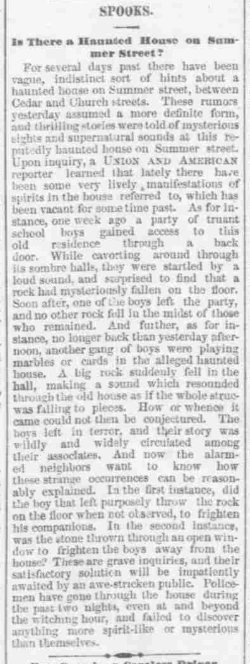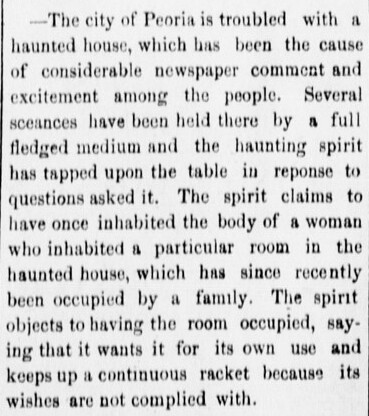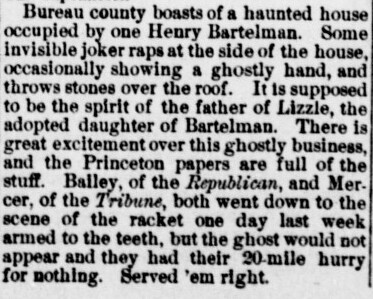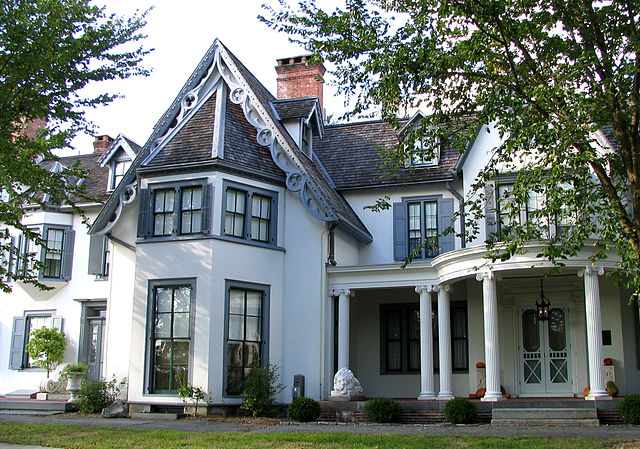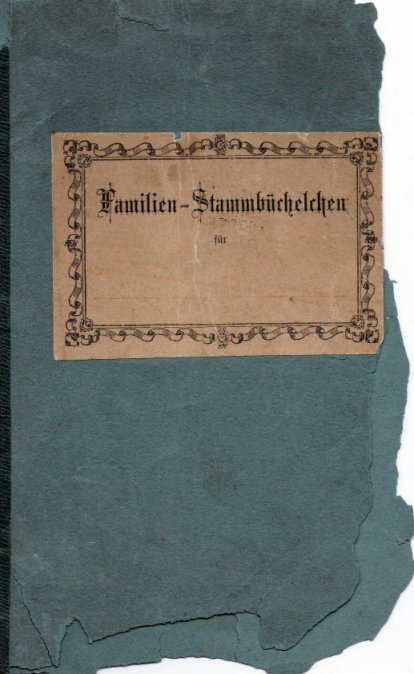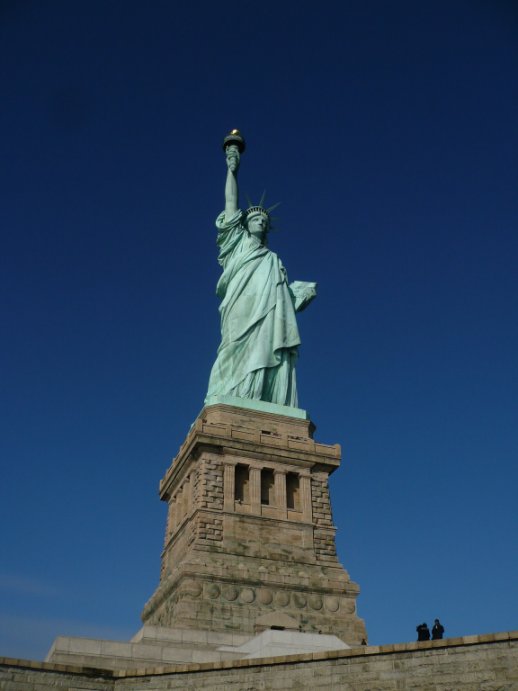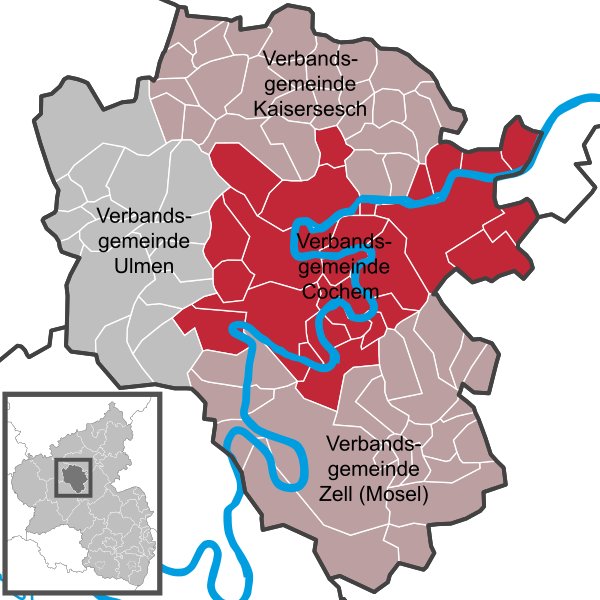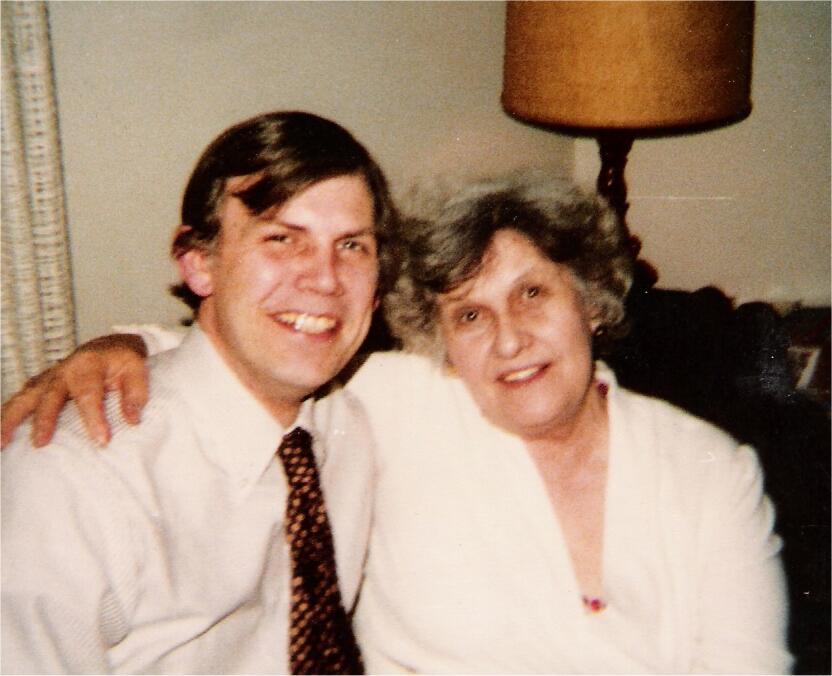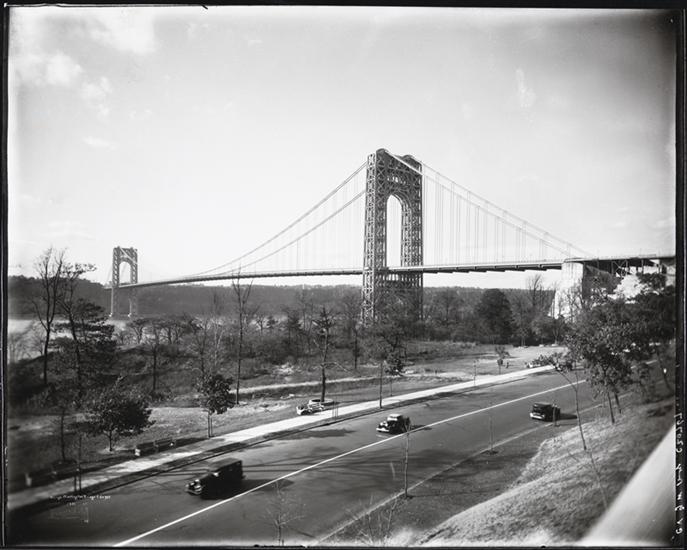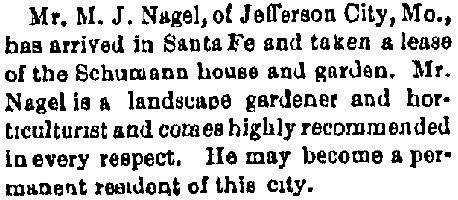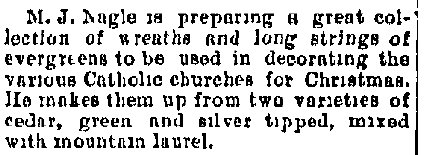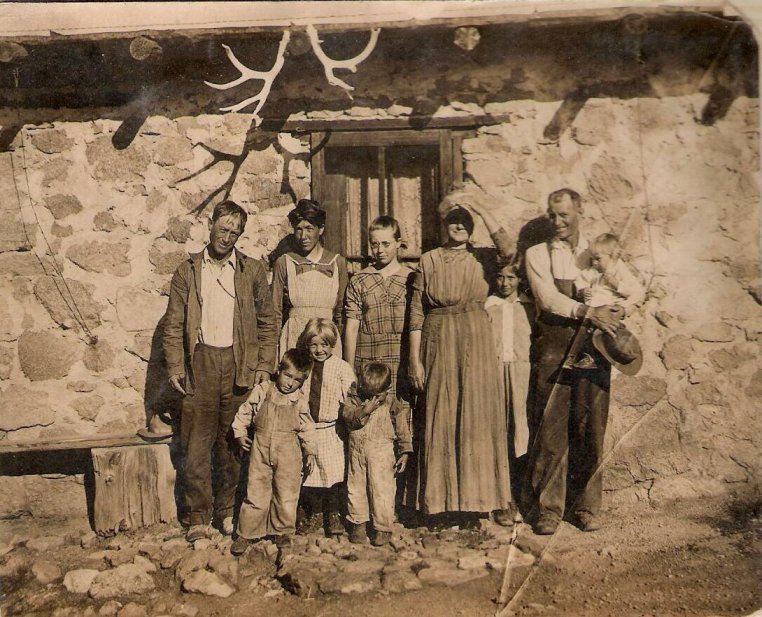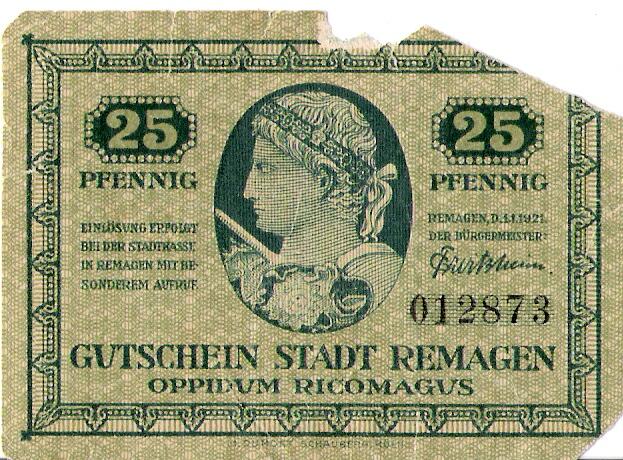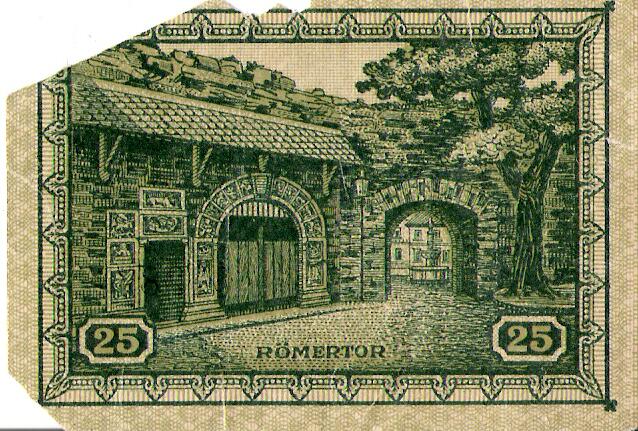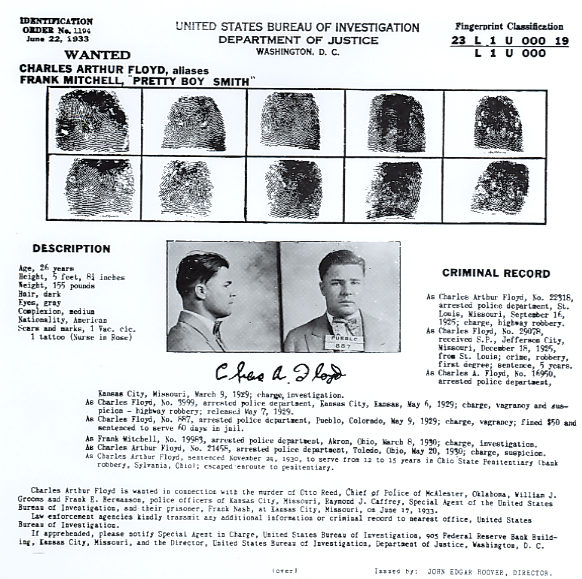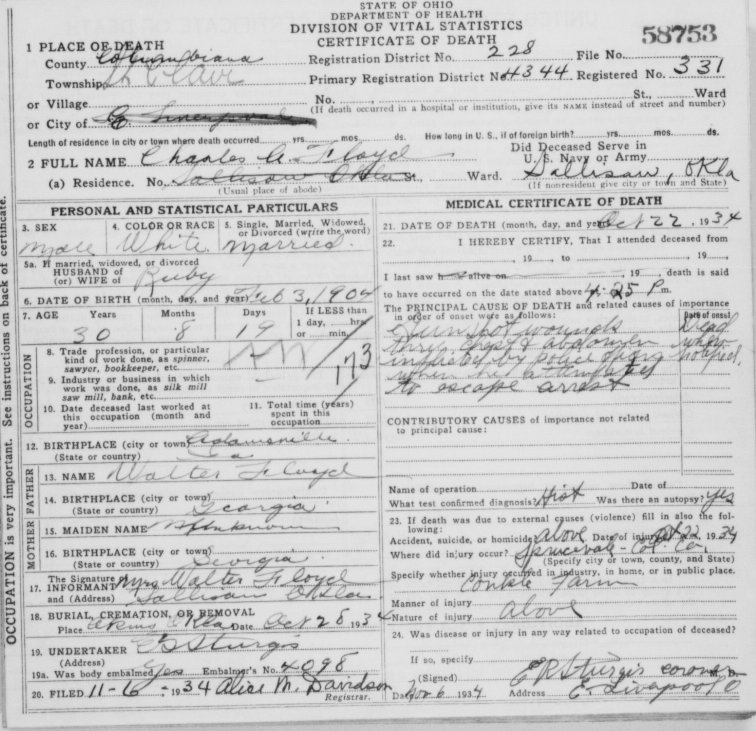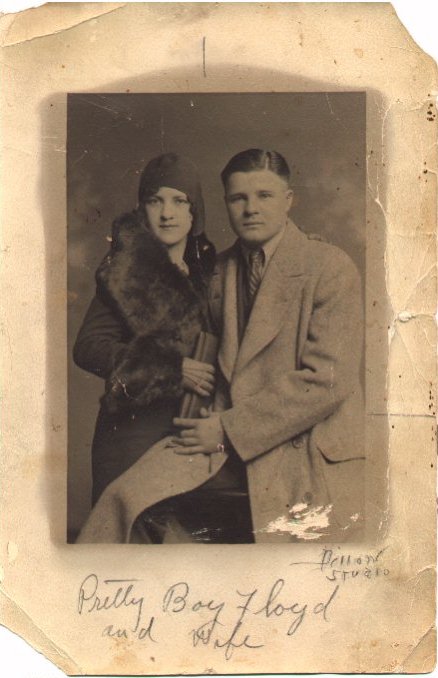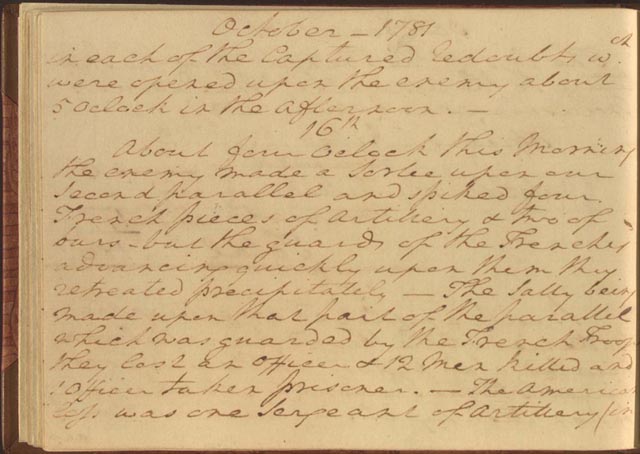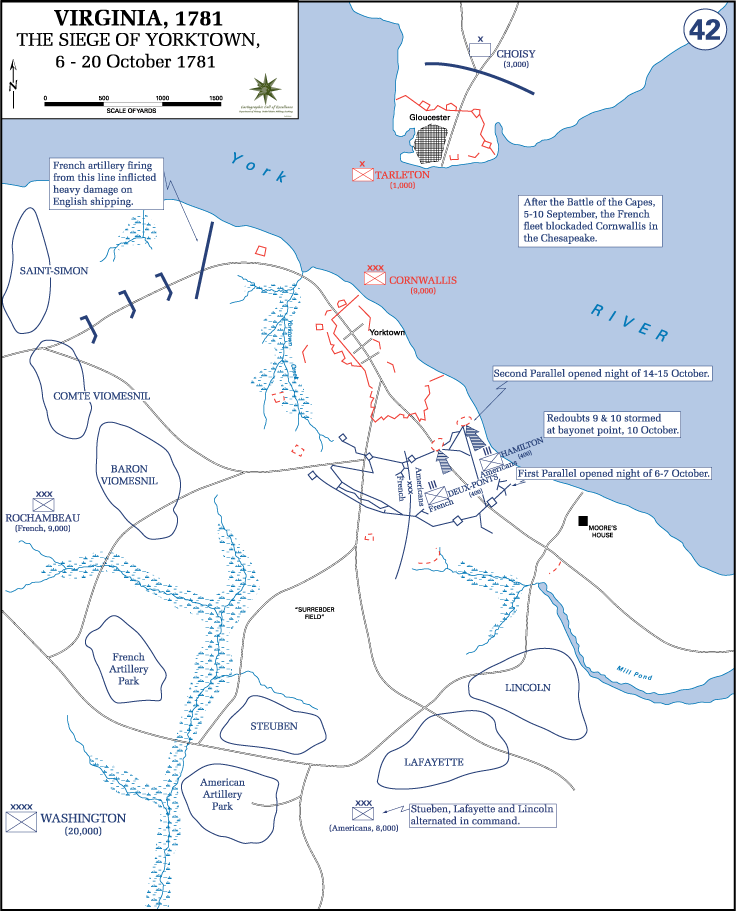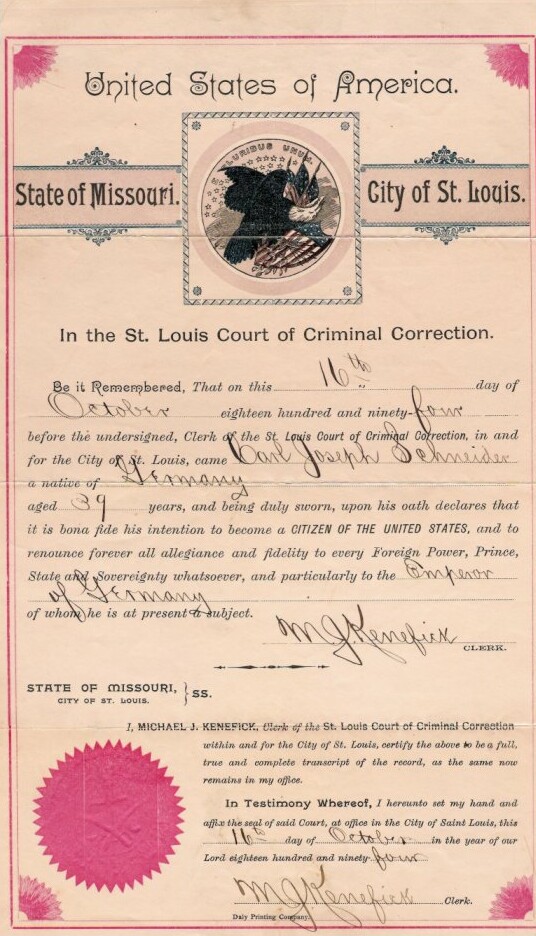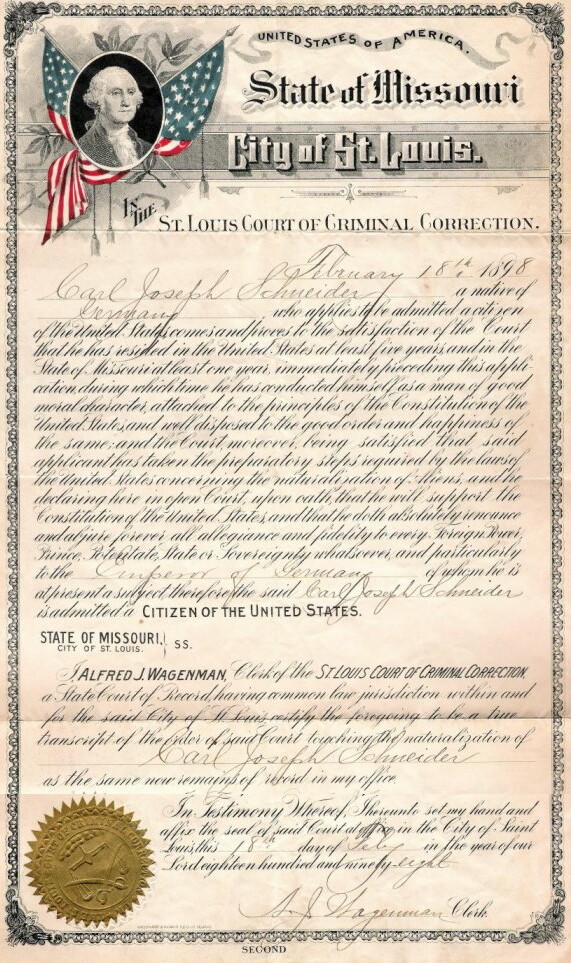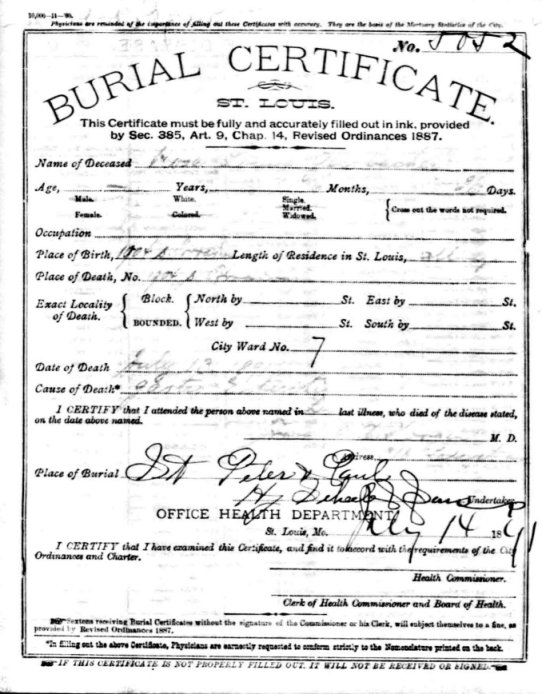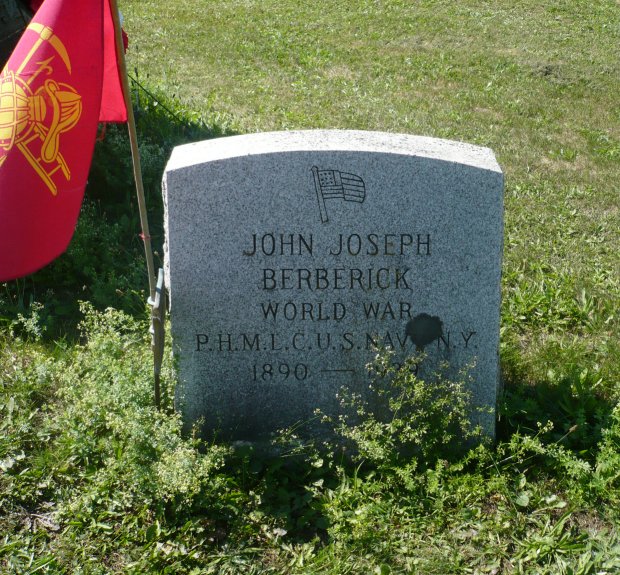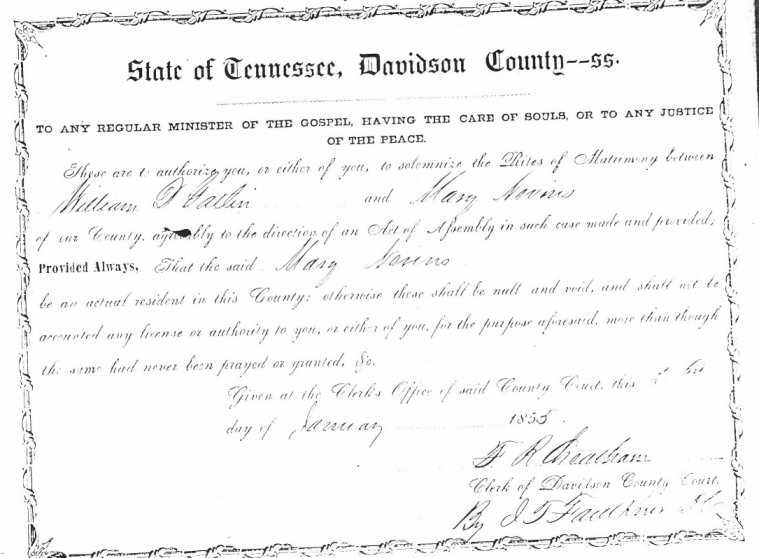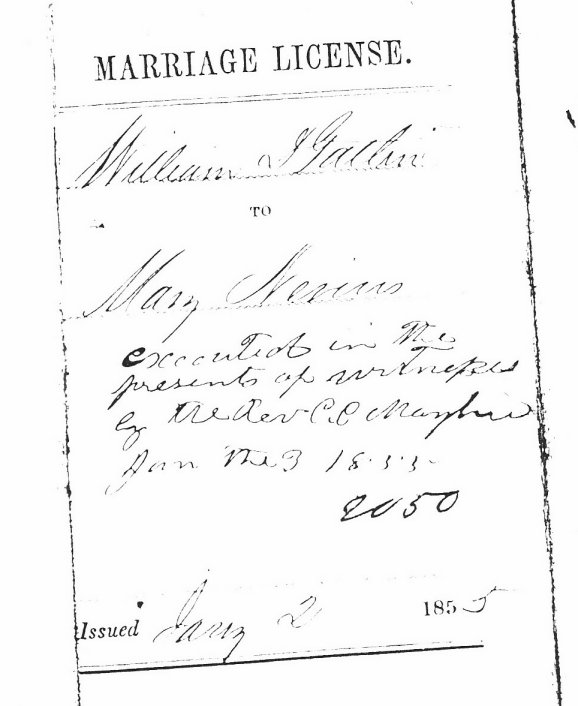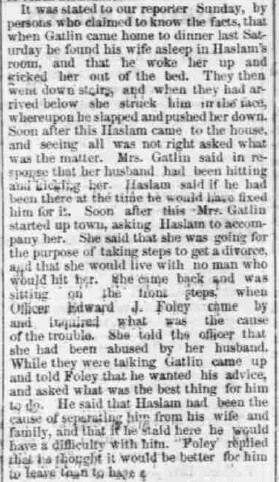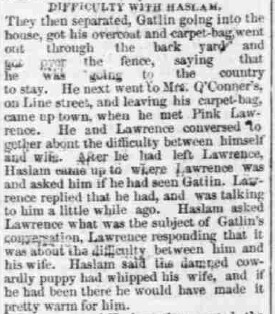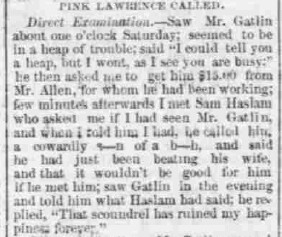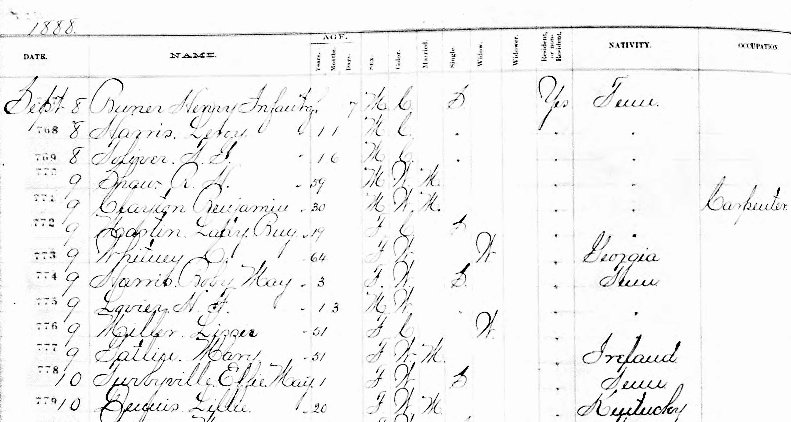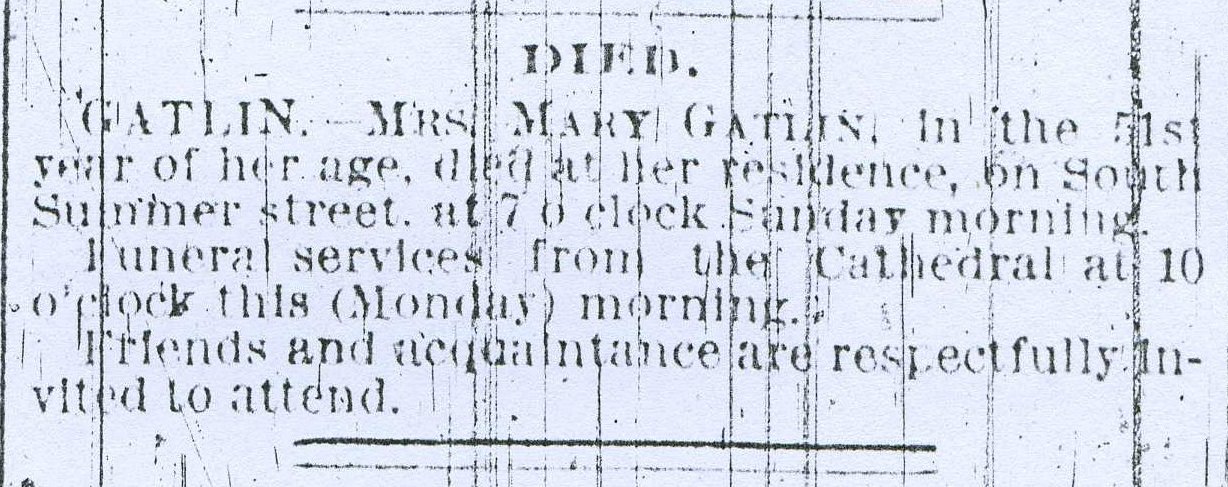My great-grandfather John Schneider was born Johann Schneider on 6 December 1878 in Remagen, Ahrweiler, Rheinland-Pfalz, Germany. He was the first child of
Carl Joseph Schneider and Christina Nagel.
In 1892, according to a family photo, he received the sacrament of Holy Communion in the Catholic Church. The family attended
St. Peter & Paul Catholic Church in Remagen. That same year, he left Remagen with his parents and siblings, and the family settled in St. Louis, Missouri, where his
uncle was living. In St. Louis, the family attended a different
Sts. Peter and Paul Catholic Church. By 1895, John was working as a tailor
like his father. The entire family
became citizens of the United States on 18 February 1898 when John's father naturalized.
On 23 July 1902, John married
Paulina Gersbacher at Sts. Peter and Paul Catholic Church in St. Louis. On 20 April 1903, their daughter
Christina Maria was born, and on 2 June 1905, their son
Carl Joseph was born. Christina died of meningitis on 27 April 1909. Their daughter
Margaret Ann (my maternal grandmother) was born on 16 March 1911, and their daughter
Paula Christina was born on 27 January 1913. He bought a home at
2024 Russell Boulevard, St. Louis.
By 1918, John was working as a manager for
Modern Woodmen of America. In 1921, he graduated from City College of Law and Finance in St. Louis with a degree in law. After his graduation, he began working as a lawyer.
John hated Franklin Delano Roosevelt and the New Deal. He refused to take a Roosevelt dime; when receiving change, he insisted on nickels or pennies instead of a dime.
John was a member of the Men's Sodality of Sts. Peter and Paul Church, Knights of Columbus Lafayette Council No. 1940, Modern Woodmen of America, and the Bar Association. He was director of Jefferson-Gravois Bank.
John died on 11 June 1955 and was buried on 15 June 1955 in Sts. Peter and Paul Cemetery in St. Louis, Missouri.
Communion, 1892, Remagen, Germany
Gould's St. Louis Directory for 1895. Available from Ancestry.com. U.S. City Directories, 1821-1989 [database on-line]. Provo, UT, USA: Ancestry.com Operations, Inc., 2011. Although many John Schneiders were listed, I could identify mine by his address (1804 Geyer Av.) and occupation (tailor).
John Schneider draft registration card, 12 September 1918. Available from Ancestry.com. U.S., World War I Draft Registration Cards, 1917-1918 [database on-line]. Provo, UT, USA: Ancestry.com Operations Inc, 2005. Original data: United States, Selective Service System. World War I Selective Service System Draft Registration Cards, 1917-1918. Washington, D.C.: National Archives and Records Administration. M1509, 4,582 rolls. Imaged from Family History Library microfilm.
Graduation program, City College of Law and Finance, St. Louis, Missouri, 1921
Paulina and John Schneider
John Schneider death certificate, no. 20389. 11 June 1955. Division of Health of Missouri.
St. Louis Post-Dispatch, 14 June 1955

